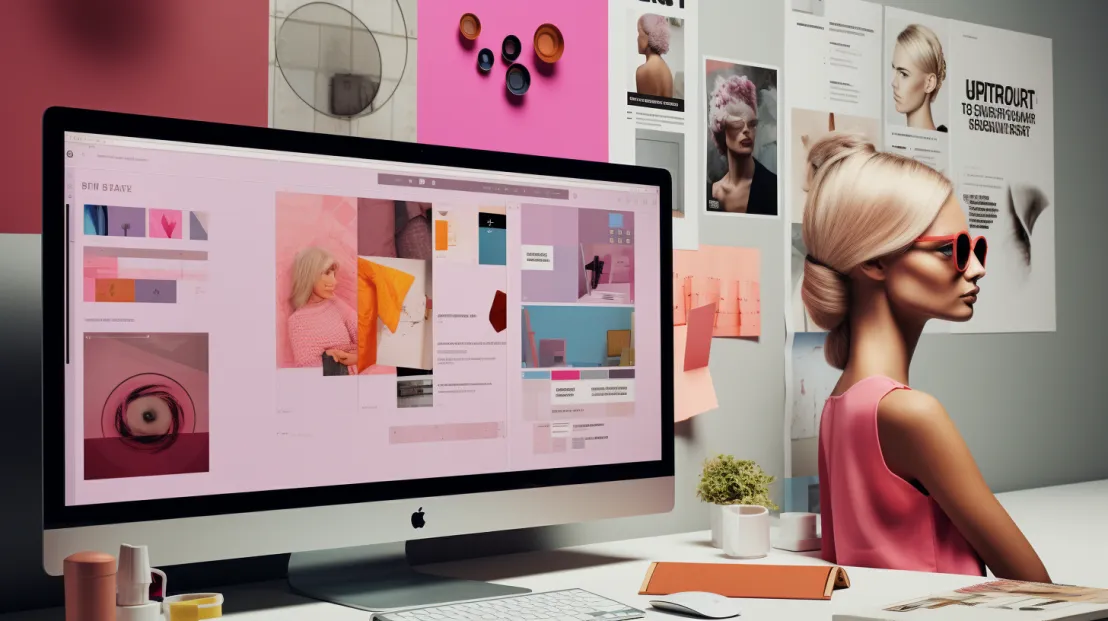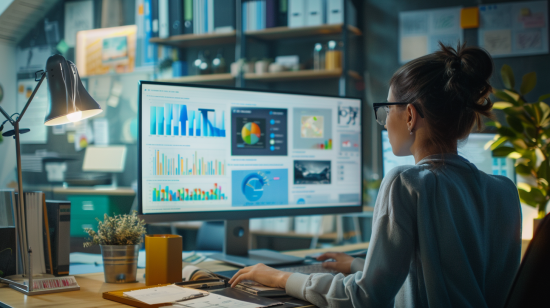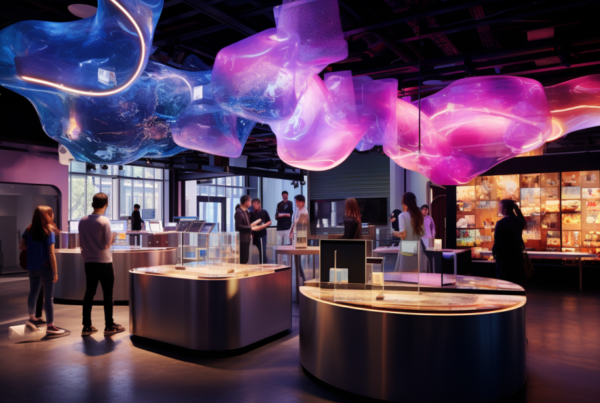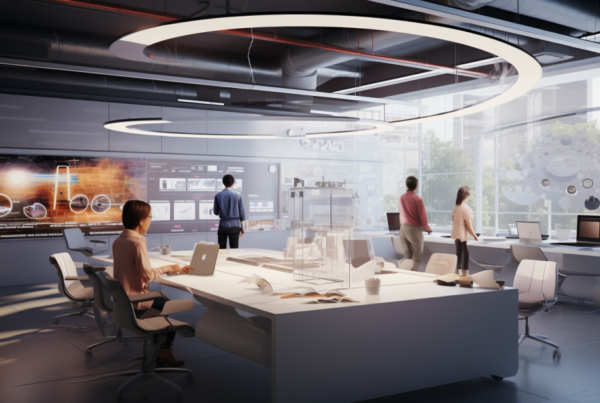Introduction: The Evolution of User Interface Design
User Interface (UI) design is an ever-evolving field, with trends that continuously shape and redefine the digital user experience. This article explores the hottest UI trends of the year, highlighting how they are influencing web and app design.
The Importance of Staying Current in UI Design
- Enhancing User Experience: Trends that prioritize usability and user engagement.
- Adapting to User Expectations: Aligning design with contemporary user preferences.
Minimalism: The Art of Less is More
Minimalism remains a dominant trend in UI design, characterized by clean layouts, simple color schemes, and uncluttered interfaces.
Key Features of Minimalist UI
- Simplicity in Design: Focusing on essential elements to reduce user distraction.
- Neutral Color Palettes: Using subtle and soothing colors for a clean look.
- Maximized White Space: Creating a sense of openness and clarity.
Dark Mode: Aesthetic and Functional Appeal
Dark mode has gained immense popularity for its visually striking appearance and user-friendly attributes, particularly in low-light environments.
The Rise of Dark Mode
- Reduced Eye Strain: Offering a comfortable viewing experience in various lighting conditions.
- Energy Efficiency: Saving battery life on OLED and AMOLED screens.
- Visual Depth: Enhancing design elements through contrast.
Advanced Interactivity: Engaging Users Actively
Interactive elements in UI design are increasingly sophisticated, aiming to create engaging and memorable user experiences.
Interactive UI Elements
- Micro-Interactions: Small animations that respond to user actions.
- Dynamic Scrolling: Parallax effects and animations triggered by scrolling.
- Gamification: Incorporating game-like elements for enhanced engagement.
Voice User Interface (VUI): The New Frontier
Voice User Interfaces are becoming more prevalent, offering users a hands-free and intuitive way to interact with technology.
Voice Integration in UI
- Voice Commands: Enabling control and navigation through voice.
- Accessibility: Making technology more accessible to a wider range of users.
- Natural Language Processing: Improving voice recognition for smoother interactions.
Augmented Reality (AR) in UI Design
AR is being increasingly integrated into UI design, offering immersive and interactive experiences that blur the line between the digital and real world.
AR’s Impact on UI
- Immersive Experiences: Providing interactive, 3D experiences in a real-world setting.
- Enhanced Shopping Experiences: Allowing users to visualize products in their environment.
- Educational Tools: Interactive learning experiences through AR.
Neumorphism: The New Skeuomorphism
Neumorphism is a design trend that combines flat design with skeuomorphic elements, creating a soft, extruded plastic look with subtle shadows.
Characteristics of Neumorphic Design
- Soft Aesthetics: Utilizing soft shadows and light for a tactile feel.
- Subtle Contrasts: Blending background and foreground elements for depth.
- Simplicity and Realism: A hybrid approach combining minimalism with realistic design cues.
Conclusion: Embracing the Future of UI Design
The hottest UI trends of the year reflect a blend of aesthetics, functionality, and technology. From the enduring appeal of minimalism and the growing popularity of dark mode to the innovative uses of interactivity, voice interfaces, AR, and neumorphism, these trends are shaping the future of user interface design. Embracing these trends not only enhances the user experience but also ensures that designs remain relevant and engaging in the fast-paced world of digital innovation.



